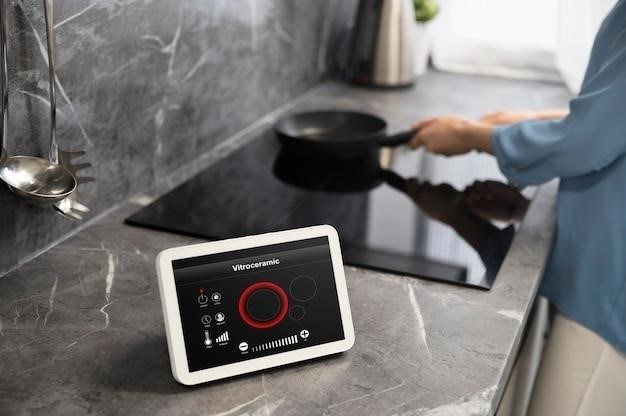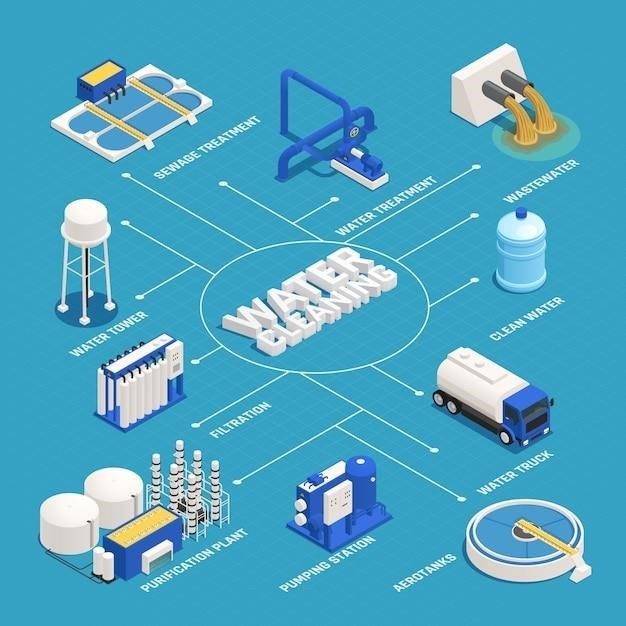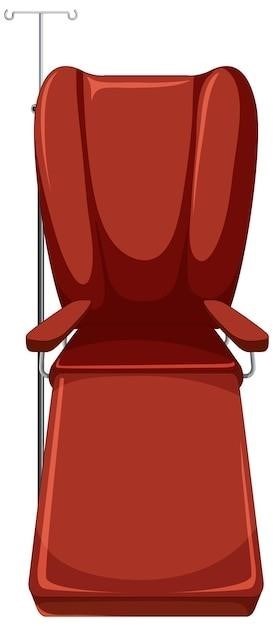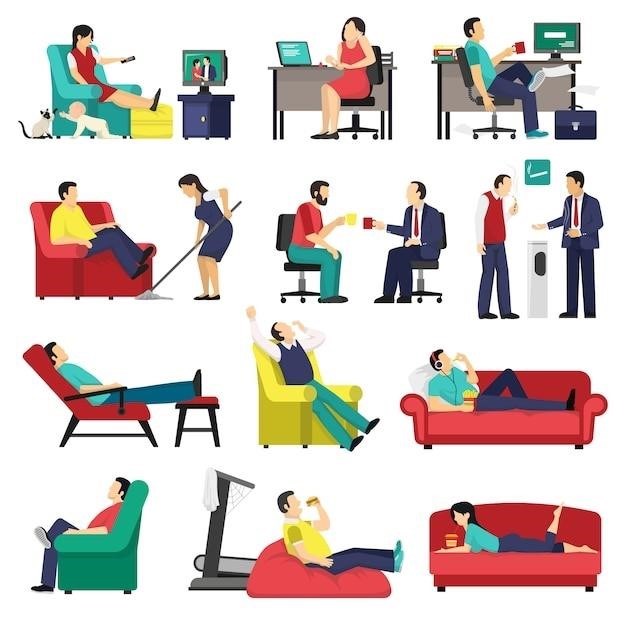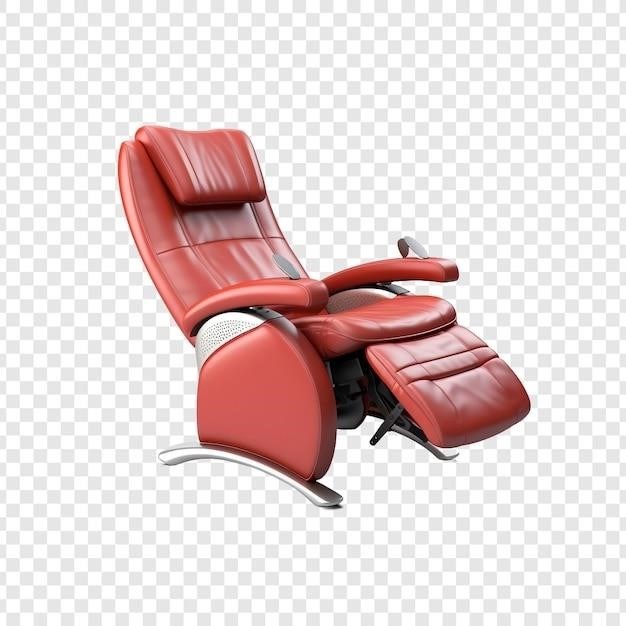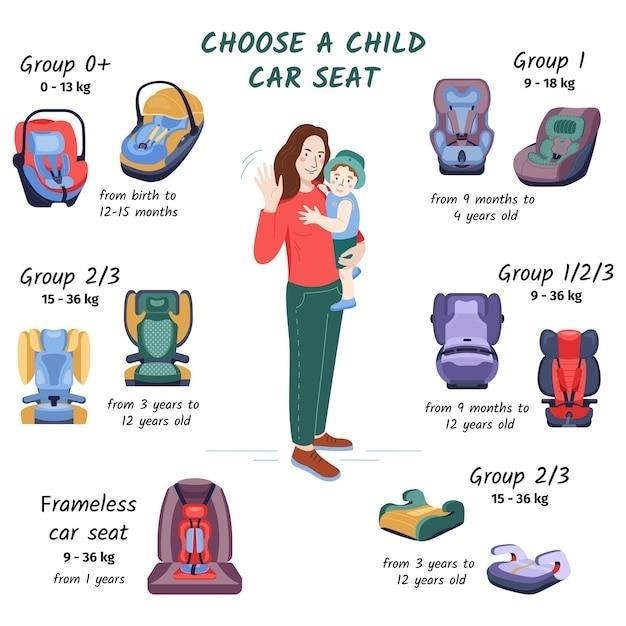Snap-on User Manuals⁚ A Comprehensive Guide
This guide covers locating Snap-on manuals online‚ various manual types‚ accessing specific tool manuals (like the EELD102)‚ troubleshooting resources‚ and utilizing Snap-on’s online knowledge base. It emphasizes safety instructions‚ understanding manual sections on setup and use‚ and leveraging Snap-on training videos. Proper tool maintenance based on manual instructions and contacting Snap-on for assistance are also addressed.
Locating Snap-on Manuals Online
Finding Snap-on tool manuals online is often straightforward‚ though the exact method may vary depending on the tool’s age and model. Snap-on’s official website is a primary resource‚ frequently offering downloadable PDF manuals directly linked to specific product pages. Searching the site’s support or downloads section is recommended. However‚ older manuals might not be readily available online. Third-party websites‚ such as those specializing in tool manuals or user guides‚ may also host Snap-on documentation. Using the tool’s model number in a general web search (e.g.‚ “Snap-on EELD102 manual”) can yield results from various sources. Remember to verify the source’s legitimacy to ensure you’re downloading a genuine Snap-on manual. Be cautious of unofficial websites or those that charge for manuals that should be freely available.
Types of Snap-on Manuals Available
Snap-on provides a variety of manuals to support its extensive range of tools and equipment. These manuals cater to different needs and levels of detail. The most common type is the user manual‚ offering instructions for setup‚ operation‚ and basic troubleshooting. These are typically available in PDF format for easy download and printing. More in-depth service manuals may also be available for certain tools‚ providing detailed information for repairs and maintenance procedures. These often include exploded diagrams and parts lists. Quick start guides are concise‚ offering only essential operational information. Finally‚ application guides might exist for specialized tools‚ providing context and best practices for specific tasks. The availability of specific manual types depends on the tool itself and its age; some older tools might only have user manuals‚ while newer models could have a complete suite of documentation. Always check the Snap-on website or contact their support for confirmation.
Accessing Manuals for Specific Tools (e.g.‚ EELD102)
Finding the manual for a specific Snap-on tool‚ such as the EELD102 halogen leak detector‚ often involves a multi-pronged approach. First‚ check the Snap-on website. Their online resources typically include a searchable database or catalog where you can input the tool’s model number (e.g.‚ EELD102) to locate the corresponding manual. If the manual isn’t directly available for download‚ look for a contact page or customer support section. Snap-on’s customer service representatives can often provide assistance in locating or obtaining manuals for older or less commonly used tools. Another avenue to explore is online forums or communities dedicated to Snap-on tools. Other users may have scanned copies or links to manuals they’ve previously acquired. Remember to always verify the authenticity and reliability of any manuals found outside the official Snap-on channels. Finally‚ consider contacting your local Snap-on distributor or franchisee. They may have access to manuals not readily available online.
Troubleshooting and Support Resources
Snap-on offers various resources to aid in troubleshooting issues with their tools. User manuals themselves often include dedicated troubleshooting sections‚ guiding users through common problems and their solutions. Beyond the manuals‚ Snap-on’s website frequently features a comprehensive knowledge base or FAQ section. This online resource contains answers to frequently asked questions‚ troubleshooting tips‚ and guidance on resolving various technical issues. For more complex problems or those not addressed in the manual or knowledge base‚ direct contact with Snap-on’s customer support is recommended. Their customer service representatives are trained to assist with technical issues and provide expert guidance. Additionally‚ Snap-on may offer online training videos or tutorials demonstrating proper tool usage and troubleshooting techniques. These resources can be invaluable in understanding and resolving problems encountered while using Snap-on tools. Utilizing these combined resources—manuals‚ online knowledge bases‚ direct support‚ and training videos—enhances user experience and ensures efficient problem resolution.
Utilizing Snap-on’s Online Knowledge Base
Snap-on’s online knowledge base serves as a valuable resource for users seeking information beyond their printed manuals. This searchable database often contains FAQs‚ troubleshooting guides‚ and detailed explanations of tool functionalities. Accessing this knowledge base typically involves navigating to the Snap-on website and locating a support or resources section. Users can then search for specific tool models or keywords related to their questions or problems. The knowledge base may include step-by-step instructions‚ diagrams‚ and videos to aid understanding. It offers a convenient alternative to searching through lengthy manuals‚ providing quick access to answers for common queries. The information found in the online knowledge base is frequently updated‚ ensuring users have access to the latest information on their tools. This complements the printed manuals‚ offering a dynamic and readily accessible supplementary resource. Regularly checking the knowledge base for updates and new content is recommended for optimal tool usage and troubleshooting.
Importance of Following Safety Instructions
Snap-on tools‚ while designed for durability and precision‚ require adherence to safety instructions for proper and safe operation. These instructions‚ detailed within each tool’s user manual‚ are crucial for preventing injuries and damage. Ignoring safety precautions can lead to serious consequences‚ including electrical shocks‚ cuts‚ crushing injuries‚ or damage to the tool itself. The manuals often highlight specific hazards associated with each tool‚ such as moving parts‚ high voltage‚ or potential chemical exposure. Understanding and following these warnings is paramount. Safety instructions frequently emphasize the importance of using appropriate personal protective equipment (PPE)‚ such as safety glasses‚ gloves‚ and hearing protection. Proper handling procedures‚ including correct tool setup and maintenance‚ are also extensively covered. Regularly reviewing the safety instructions before each use reinforces safe practices and minimizes the risk of accidents. Remember‚ prioritizing safety ensures both personal well-being and the longevity of your Snap-on investment.
Understanding Manual Sections⁚ Setup and Use
Snap-on tool manuals are structured to provide clear‚ step-by-step guidance. The setup section typically details unpacking the tool‚ verifying its completeness against the provided parts list‚ and initial preparations. This might involve connecting power cords‚ installing batteries‚ or calibrating certain features. Illustrations and diagrams are usually included to aid in understanding the physical assembly process. The use section explains the tool’s primary functions and operational procedures. Detailed instructions are given on how to properly utilize each feature‚ often accompanied by troubleshooting tips for common issues. This section commonly highlights safety precautions specific to the tool’s operation and emphasizes correct techniques to prevent damage or injury. Understanding the sequence of steps is crucial; manuals frequently use numbered lists or flowcharts for clarity. Pay close attention to warnings or cautions highlighted in bold or with specific symbols. The use section often includes examples or scenarios to illustrate practical application. After thoroughly reviewing the setup and use sections‚ users should feel confident in safely and effectively utilizing their Snap-on tool.
Using Snap-on’s Training Videos and Resources
Snap-on enhances its user manuals with supplementary training resources‚ significantly improving user comprehension and proficiency. These resources often include instructional videos demonstrating tool setup‚ operation‚ and maintenance procedures. These videos provide a visual aid‚ clarifying steps that might be challenging to grasp from written instructions alone. Many videos feature expert technicians showcasing best practices‚ offering valuable insights beyond the basic manual. Snap-on also provides online knowledge bases and FAQs‚ addressing common user questions and troubleshooting issues. These online resources supplement the printed manuals‚ providing a readily accessible solution to problems encountered during tool usage. Accessing these videos and online support materials can reduce the learning curve‚ ensuring users quickly achieve competence in operating their Snap-on tools. Furthermore‚ regular updates to these online resources guarantee users access to the latest information‚ including software updates and new techniques. Proactive engagement with Snap-on’s training resources ensures optimal tool utilization and maximizes return on investment.
Maintaining Your Snap-on Tools Based on Manual Instructions
Proper tool maintenance is crucial for extending the lifespan and ensuring the accurate performance of your Snap-on equipment. Each Snap-on tool’s user manual provides specific instructions for cleaning‚ lubrication‚ and storage. Following these guidelines meticulously is essential for preventing damage and maintaining calibration. Regular cleaning removes debris and prevents corrosion‚ while proper lubrication ensures smooth operation and reduces wear and tear. The manuals often detail recommended lubricants and cleaning agents to avoid damaging the tool’s components. Correct storage‚ as outlined in the manual‚ protects against accidental damage and environmental factors. This might involve storing tools in designated cases or utilizing protective covers. Ignoring these maintenance instructions can lead to premature failure‚ requiring costly repairs or replacements. By adhering to the recommended maintenance schedules and procedures‚ users can ensure their Snap-on tools remain in optimal condition‚ providing years of reliable service. Remember‚ preventative maintenance is far more cost-effective than reactive repairs.
Contacting Snap-on for Manual Assistance
If you encounter difficulties locating a specific Snap-on manual or require clarification on its instructions‚ several avenues exist to obtain assistance. Snap-on’s website often features a comprehensive online library of user manuals‚ searchable by tool model number or product category. If your needed manual isn’t readily available online‚ contacting Snap-on’s customer service department directly is recommended. Their contact information‚ including phone numbers and email addresses‚ is typically found on the company website. When contacting them‚ be prepared to provide the tool’s model number and any relevant serial numbers for efficient service. Describing the specific issue you are facing will help them quickly understand your needs and provide appropriate support. In addition to direct customer service‚ Snap-on may offer online forums or communities where users can exchange information and seek help from fellow professionals. These forums can be a valuable resource for troubleshooting and obtaining answers to common questions. Remember to always refer to the official Snap-on channels for reliable information and support to avoid misinformation.

